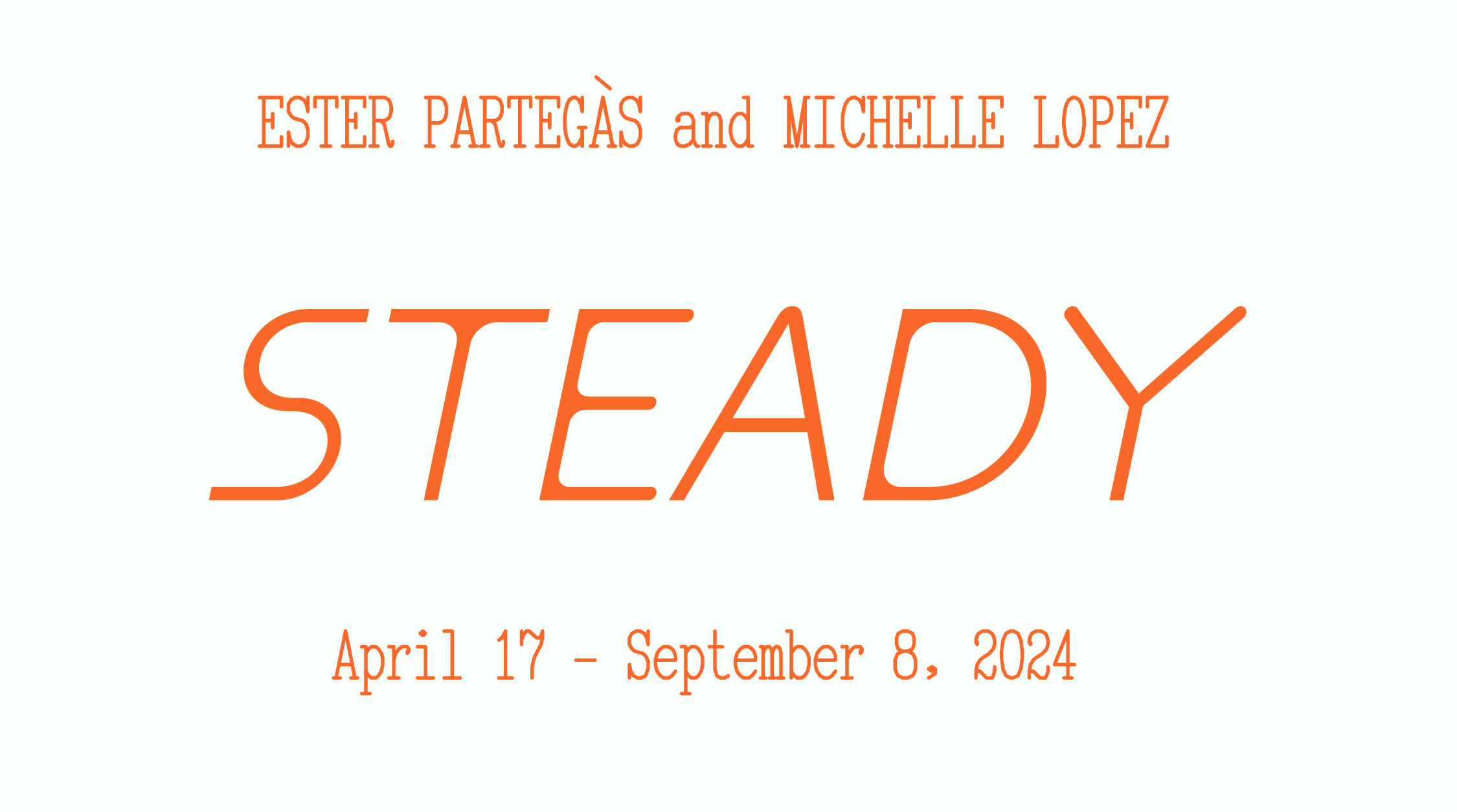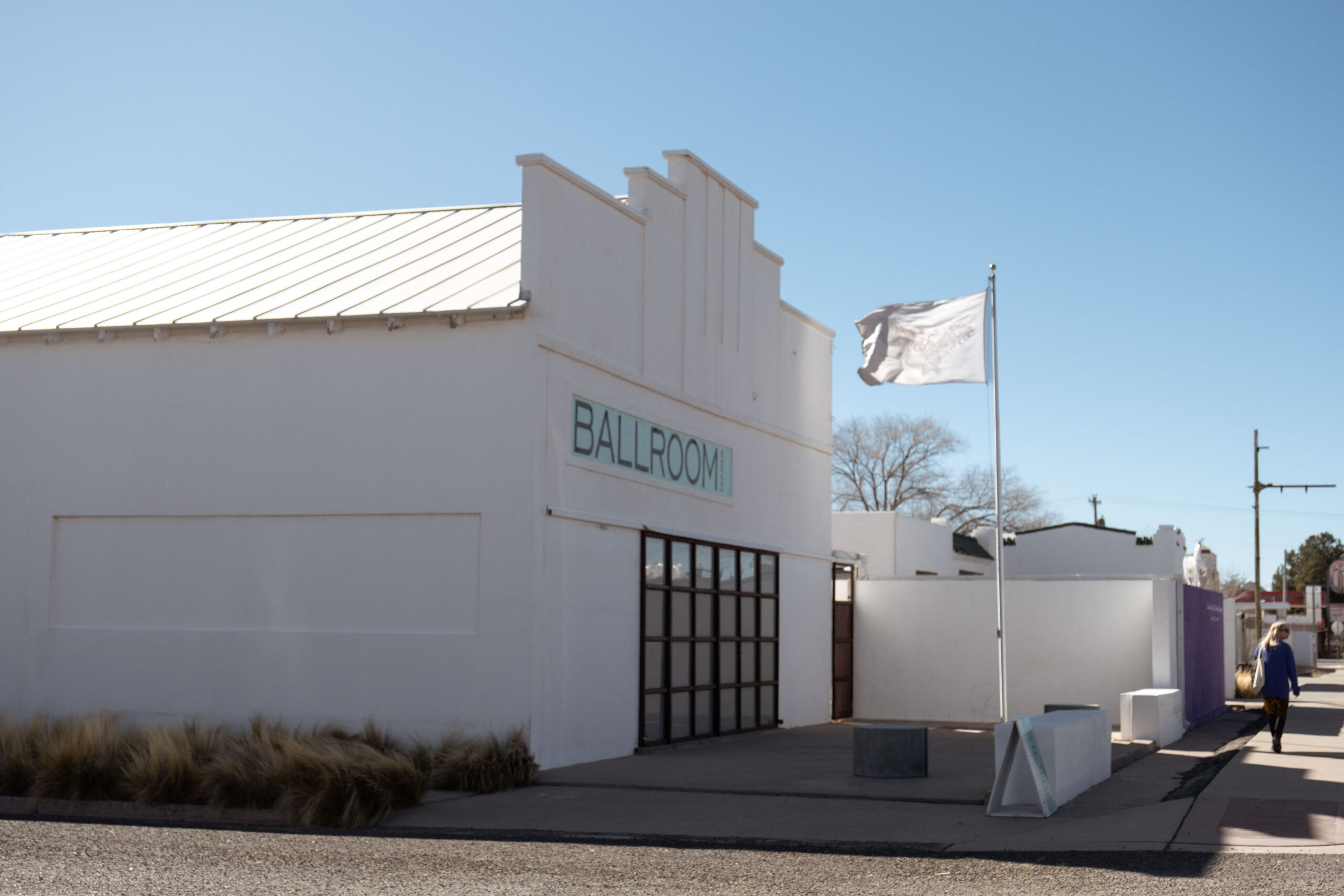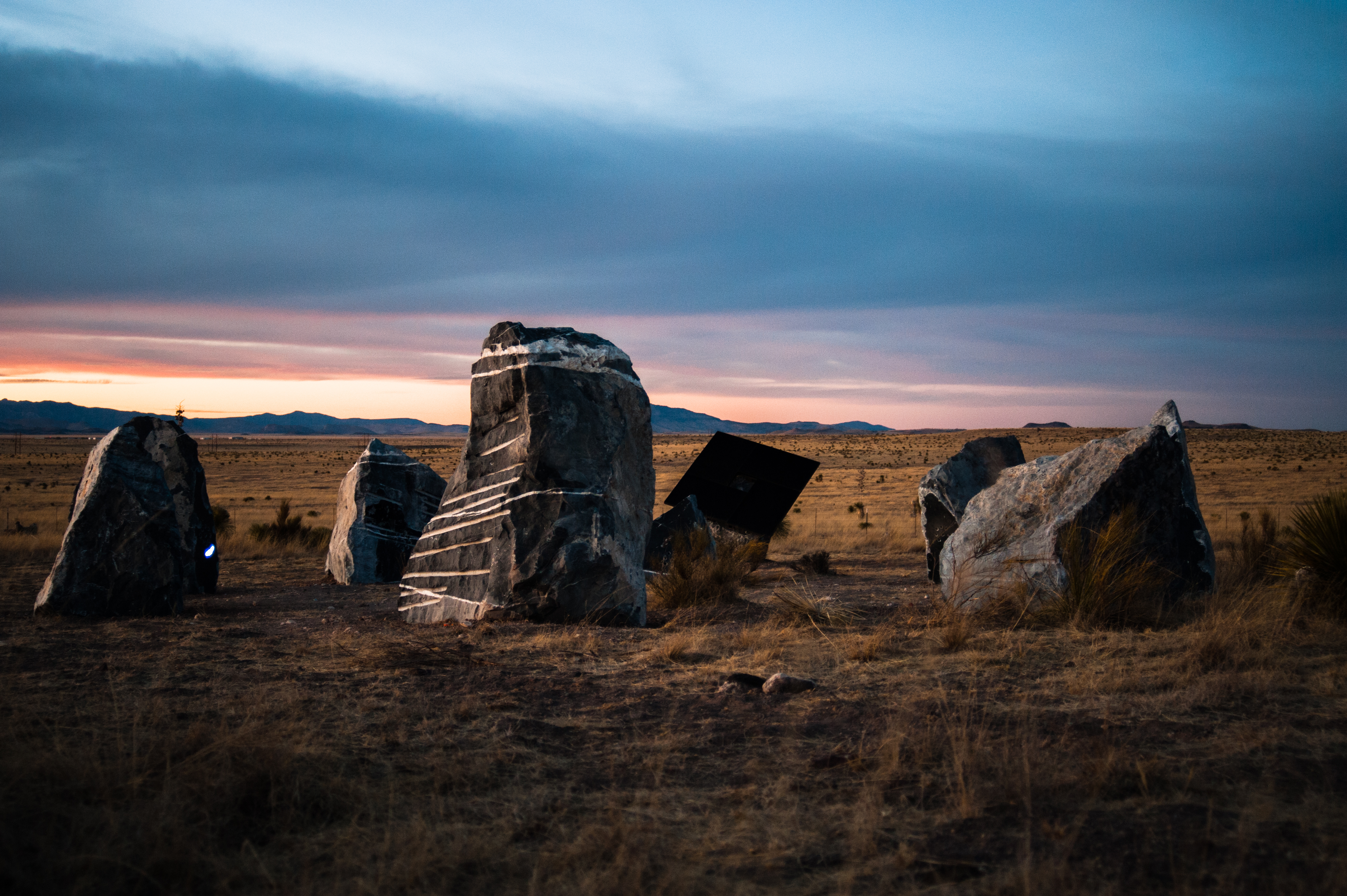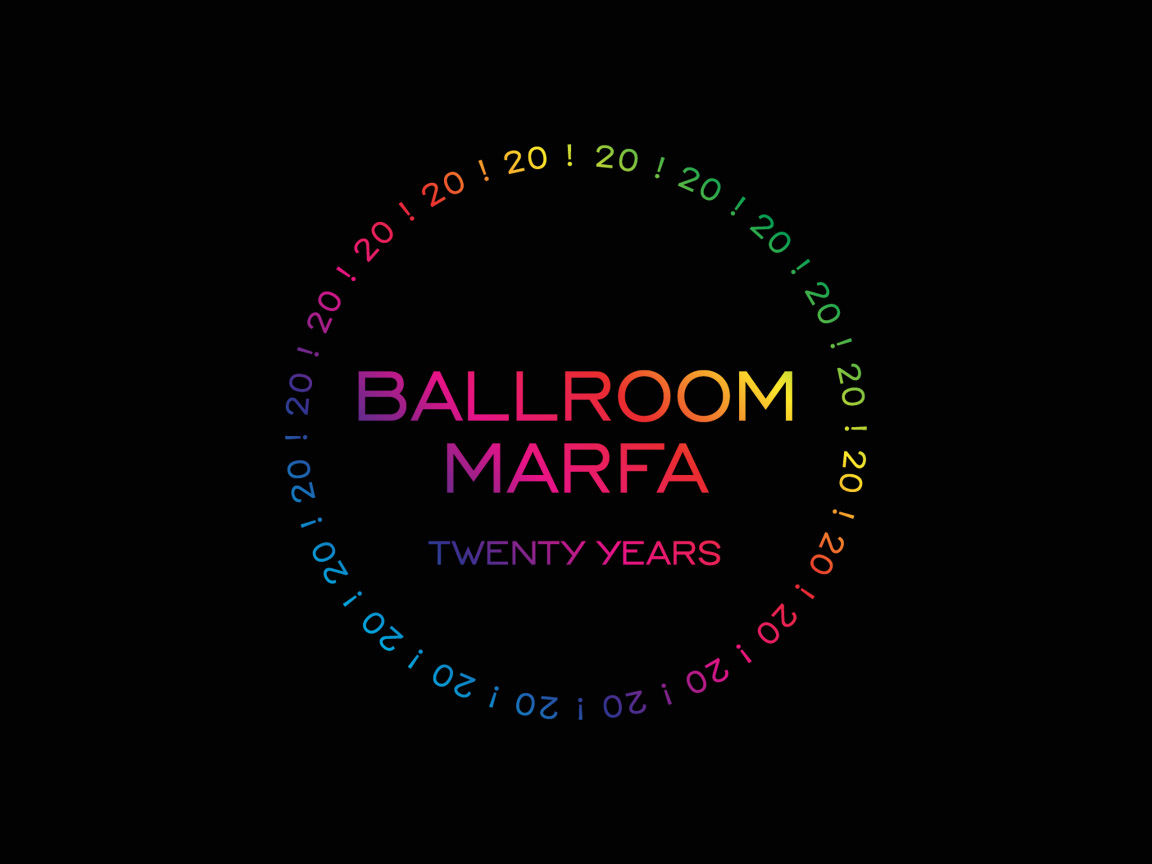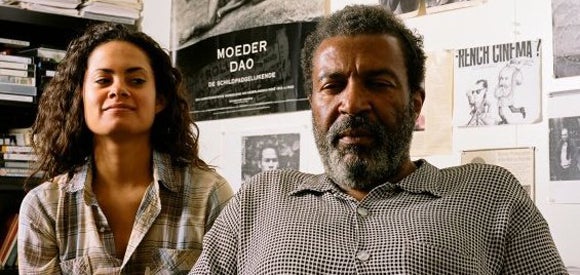
Video still from Untitled (Now), 2014
A solo exhibition of Falls’ work will open at Ballroom Marfa on March 13, 2015.
This show comes from a few different ideas and places, one of which is the influence of Donald Judd and Marfa. It was my second trip to Marfa that struck me most, the unchanging nature of the place and sculptures, and while my own work has always been informed by minimal aesthetics and continues to be, the element I knew I wanted to incorporate, especially with my sculpture was change. This change has entered my work through incorporating the environment, so that the art reflects time and place, rather than denying or defying it. The reciprocal object exposed to time and environment beyond the artwork is the viewer. The piece which most readily responds to all these issues is the outdoor sculpture made from a 1984 Ford Ranger. When I moved from New York to California in 2011 I bought a new Ford Ranger, so in conceiving this sculpture I first wanted to find the same model truck from the year I was born. The truck had at some point been repainted red from its original tan color, and as humans regenerate their skin cells every seven years, I reversed the process on the truck and had it sandblasted in a random patter down to tan lines and then all the way to steel. Some of the panels of the truck were clear-coated to preserve the visible “skins” of the truck, while others are left to rust in the elements, exposed. The “life” of the truck was removed and repurposed with a new life, substituting the engine block with a marble block and potted cactuses, and the truck bed became a soil bed of succulents native to southern North America. As the copper pots of the cacti oxidize they’ll leave their mark on the white marble, and the succulents inside the truck and in the bed will take on the heart and purpose of the machine, growing with the environment and viewers.
The works on linen in the show were hand dyed on-site in Marfa and left outside to fade in the sunlight, creating images that were masked out by minimal shapes in pictographic images from the ancient Chinese tangram game. The idea came to fruition when reading Judd’s 1994 essay Some Aspects of Color in General and Red and Black in Particular, namely near the end when he states:
“Color of course can be an image or a symbol, as is the peaceful blue and white, often combined with olive drab, but these are no longer present in the best art. By definition, images and symbols are made by institutions. A pair of colors that I knew of as a child in Nebraska was red and black, which a book said was the “favorite” of the Lakota. In the codices of the Maya, red and black signify wisdom and are the colors of scholars.”
I had already begun working with the tangram puzzles but not found the perfect situation for their form. I wanted to use the images on the fabric and then create tables with the game pieces in their resting assembled rectangular form. I was always interested in the divide between Judd’s furniture and artwork, how the designs were quite similar but separated by space and function. In this work the tables function first as productive tools for the artwork, and then secondarily as furniture. I also wanted to mix the media, using some industrial materials that would weather (copper and bronze), along with more static and classical material (marble). The quote above led me to take interest in the history of tangrams and source Chinese marble for the project, while also using the colors red and black in a site specific homage to Judd. The other works on linen are also durational and natural “photograms” which came about in Marfa after seeing the cattle fences everywhere, the grid appearing even out in the middle of the country. I wanted to work with something so familiar to rural Texas as well as the aesthetics of art history, an American theme ever-present in everyday life, its representation, and its abstraction.


















